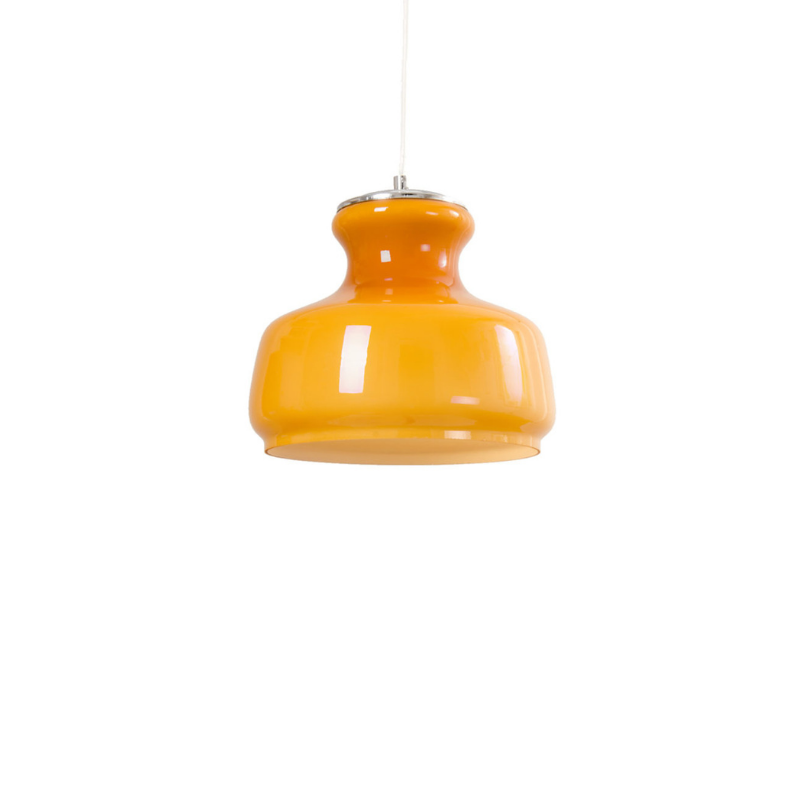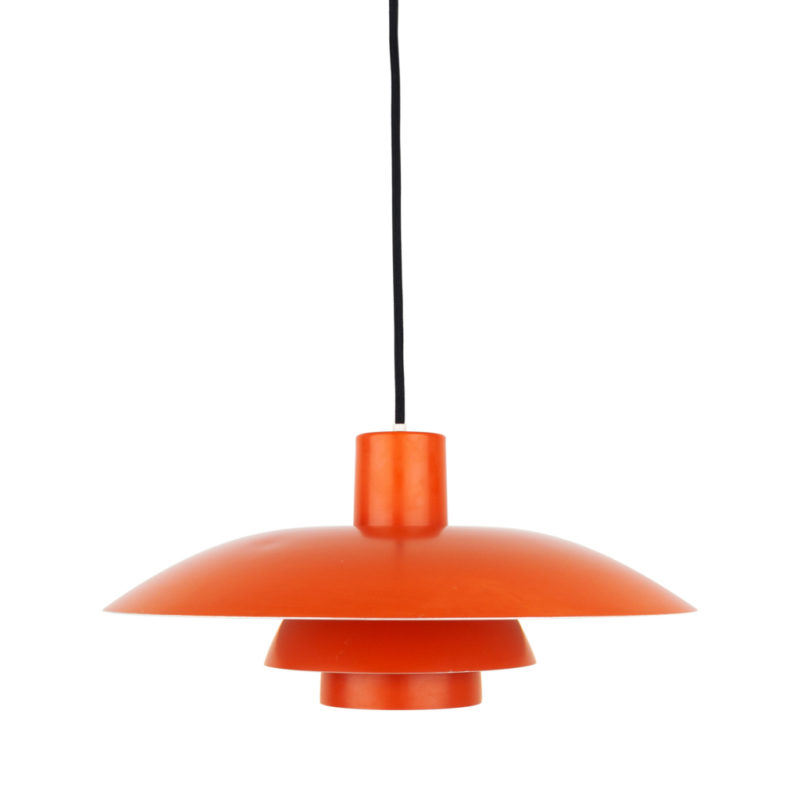Its the contemporary architects who get all the attention but its movements like this that are doing the really interesting things.
Well,
architect Alexander has gone his own way for four decades, now. He gave up on orthodox modernism while still in school (the RIBA, I believe -- an interesting anecdote) and has evolved a theory of design that stipulates the importance of "feeling" -- how does a space, a form, a detail, a material, a pattern, a color contribute to the feeling that a place gives the inhabitant. He asks, quite sincerely, "what is it about these things that man returns to everywhere, and always, in his buildings ?"
His work, a scattering of decidedly handmade places on more than one continent, would probably not appeal to any of us, at least on their superficial appearance: a riot of subtle earth colors, gridded windows, poky little stairs and nooks and many, many kinds of surface pattern and adornment.
He is also a collector of ancient carpets, collected for their patterns and colors; I saw an exhibit here, in rooms painted very rich deep colors and with the rugs and fragments very dimly lighted (to preserve them). Quite a delight.
Where does he teach ? Berkeley, CA. Where else ?
His books, uniformly presented in pale yellow with blue type, are a series called "A Pattern Language," and some others; I have read only an early one called "A City Is Not a Tree," about the error of a too-simple organizational strategy in planning for human use.
The
anecdote: Christopher Alexander was a first-year architecture student, and was in a design class where the assignment was to design a house. It was clear that a "modern" residence was the expected result. Not having a clue, our young student struggled to find some meaningful way of arriving at a solution. Nothing came. Finally, in desperation, he cobbled together a design that probably looked like something by the Frank Gehry of its day, and in which he had nothing "invested" at all. Lo and behold, the instructor went ballistic over it, and he got high marks and great praise.
What this taught the young Alexander, for better or worse, was that the whole thing was a crock -- that what they were teaching was worse than meaningless, was deeply flawed and not something he could embrace at all. Thus was he sent on his current path. . .
I
I don't call that a 'theory of design'
I call it good practice, and things any practioner worth their salt would be considering/ putting into practice
I'm not being deliberately contentious here, but find the whole thing has a whiff of the Emperors New Clothes, but rather badly presented..
Sort of the like The Emperors new clothes from K Mart ?
I'd, also, expect better from a lecturer from a known educational establishment..
.
I think contemporary design practice has become remarkably conventional or homogenous or hyper-marketed over the last few years, beneath the aesthetic surface of Alexanders work is a humanity which is lacking elsewhere.
I also think the admittedly amatuer nature of the website refelcts that Alexander is not trying to commodify his work, there may be an air of the cult too but it might pay to remember the bauhaus.
.
David Pye is probably my favourite writer on design, original, observant, intelligent and readable.
Kenneth Frampton I like too.
http://www.amazon.com/Nature-Art-Workmanship-David-Pye/dp/0964399903
Zen View
This bit about a "zen view", in The Nature of Order, has stuck in my mind since reading it-- I now discover "zen views" all over town.
-------------------------------------------------------
Christopher Alexander/ The Nature of Order:
134 Zen View*
. . . how should we make the most of a view? It turns out that the pattern which answers this question helps to govern not the rooms and windows in a building, but the places of transition.
The archetypal zen view occurs in a famous Japanese house, which gives this pattern its name.
A Buddhist monk lived high in the mountains, in a small stone house. Far, far in the distance was the ocean, visible and beautiful from the mountains. But it was not visible from the monk's house itself, nor from the approach road to the house. However, in front of the house there stood a courtyard surrounded by a thick stone wall. As one came to the house, one passed through a gate into this court, and then diagonally across the court to the front door of the house. On the far side of the courtyard there was a slit in the wall, narrow and diagonal, cut through the thickness of the wall. As a person walked across the court, at one spot, where his position lined up with the slit in the wall, for an instant, he could see the ocean. And then he was past it once again, and went into the house.
What is it that happens in this courtyard? The view of the distant sea is so restrained that it stays alive forever. Who, that has ever seen that view, can ever forget it? Its power will never fade. Even for the man who lives there, coming past that view day after day for fifty years, it will still be alive.
This is the essence of the problem with any view. It is a beautiful thing. One wants to enjoy it and drink it in every day. But the more open it is, the more obvious, the more it shouts, the sooner it will fade. Gradually it will become part of the building, like the wallpaper; and the intensity of its beauty will no longer be accessible to the people who live there.
Therefore:
If there is a beautiful view, don't spoil it by building huge windows that gape incessantly at it. Instead, put the windows which look onto the view at places of transition along paths, in hallways, in entry ways, on stairs, between rooms. If the view window is correctly placed, people will see a glimpse of the distant view as they come up to the window or pass it: but the view is never visible from the places where people stay.
Put in the windows to complete the indirectness of the view and build a seat from which a person can enjoy the view. If the view must be visible from inside a room, make a special corner of the room which looks onto the view, so that the enjoyment of the view becomes a definite act in its own right. . . .
If you need any help, please contact us at – info@designaddict.com









